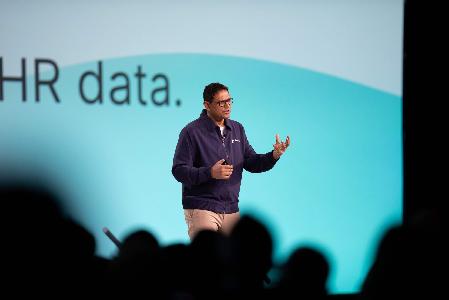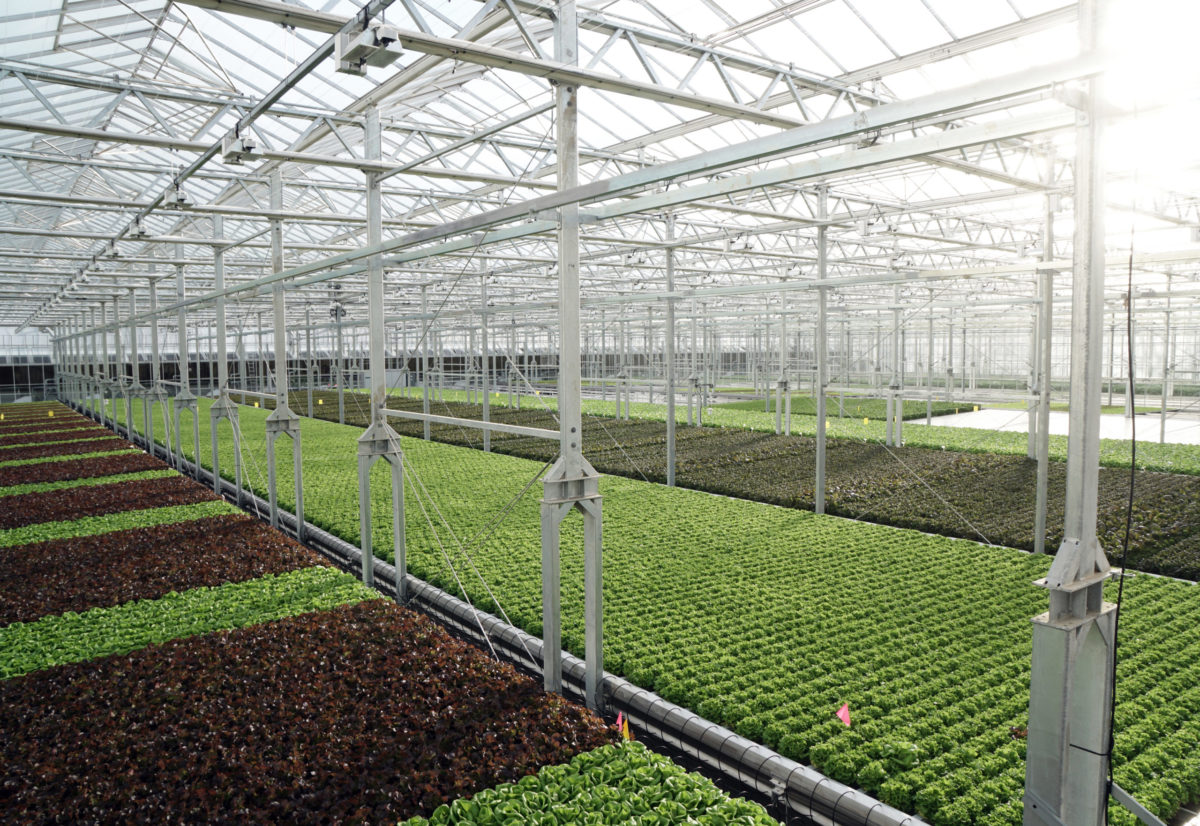
This editorial article is a part of What's Next for the Economy? Month of Technical.ly's editorial calendar.
Have you ever thought about supply chains as much as you have in the last year?
It’s a topic we’ve found ourselves thinking about often as a society during the pandemic. It started from the first onset of COVID-19, when lots of essential goods were needed all at once. Then it continued as businesses faced challenges with outbreaks and the growth of ecommerce has continued to bring unprecedented volume at the post office and other delivery services into 2021.
Through each passing phase, a couple of things have been clear. For one, it showed whether the systems in place were prepared for a big shock. But for folks learning as they watched it unfold, there was something more fundamental revealed: There are lots of different parts of these supply chains that get a good from where it’s made to its eventual user.
One of those stops in between is inland ports. Kerry Doyle describes this as “a highly connected facility that has its own modes of distribution, but serves as that initial entry point for goods to land, and to start to navigate through the supply chain domestically.”
Doyle oversees day-to-day operations for one such facility. He’s the managing director at Tradepoint Atlantic, the 3,300-acre site that was the result of an effort that began in 2014 to transform the shuttered Sparrows Point steel mill into a logistics hub. Or, as Doyle put it, taking a site that was “an integral part of the legacy industrial economy, and to reposition it as something that’s integral to the modern industrial economy.”
The leaders saw potential, with multimodal transportation in the form of onsite rail access, connectivity for trucks and a marine port. And, carrying one part of Baltimore’s industrial legacy forward, it is less than 10 miles from the still-very-active Seagirt Marine Terminal at the Port of Baltimore, where many goods are arriving.
After demolishing the 17 million square feet of facilities that once fed Bethlehem Steel’s “Beast of the East” and modernizing the infrastructure and utilities at the site, the site now has 8 million square feet of new industrial spots, and the 1,000 acres still remaining.
Six years in, the site is home to a variety of businesses. Amazon, Under Armour and FedEx have distribution centers that play a role in ecommerce. Home Depot and Floor & Decor each have distribution centers for retail distribution. Volkswagen is importing cars to send to mid-Atlantic dealerships. Gotham Greens is growing hydroponic produce. And soon, power company Ørsted will stage components for offshore wind turbines.
The activity at the site has remained online in the pandemic, giving Doyle and Tradepoint Atlantic Senior VP for Corporate Affairs Aaron Tomarchio a look at the work to keep the supply chain open, and keep growing a site that is doing so. It has meant shifting layouts for safety. Tomarchio said permits and inspections have continued to enable construction, and credited government officials at the Baltimore County with regulations and messaging on the pandemic that created a sense of stability.
Given that it receives goods from well beyond Baltimore, the leaders also have a global view of supply chains.
“The pandemic has created a significant shock to the global supply chain,” said Doyle. “It really opened people’s eyes with regards to how prepared they are to deal with fluctuations in the marketplace and potential systemic issues with the supply chain,” he said.
In 2021, the world is waiting to emerge from the pandemic. But we know that the changes of 2020 brought shifts that will be with us going forward. Here are takeaways on what the leaders see as being important as they plan for the future of the site and its place in the industrial economy going forward:
Ecommerce growth
As the pre-pandemic activity that brought fulfillment to centers to Tradepoint Atlantic showed, online shopping and delivery was already trending up before 2020. Recent data from eMarketer pointed to a 27.5% growth rate for the year globally, with more than $4 trillion in sales. By 2022, it’s expected to reach $5 trillion by 2022. So it’s no surprise that Doyle sees the rise of ecommerce continuing to be a big trend.
Tech and robotics’ role
With the fast rise, that’ll bring a need for space that can help to store and move the goods. But it’s not just the need for bigger warehouses, Doyle said. There’s only so much land, so there’s a desire for the space to be efficient. That’s leading not just to new construction, but also retrofitting of current spaces. That’s where tech comes in.
“Both of those trends have only accelerated and the commitment to capital investments to put technology, robotics and conveyance systems into warehouses has only increased,” Doyle said.
Sustainability
With these new sites, Doyle sees efficiency being a key consideration not just for the work taking place at the space, but how much energy it is using. So spaces are being outfitted with environmentally friendly lighting and HVAC systems, as well as power generators like solar panels.
Modern manufacturing
The growth of renewable energy is also bringing a macro trend that is influencing how the site is being used. At the Ørsted site, the components that come together at Tradepoint Atlantic will be prepped to ship to wind farms on the East Coast.
“Those developments need onshore manufacturing and onshore processing of components in order to facilitate those projects,” Doyle said. That’ll mean new engineering and tech jobs.
Raw materials
With the new space coming online and goods being created, it’ll remain important to keep an eye on the raw materials needed for new construction and expansion in these areas. During 2020, supply shortages were also a reality for steel and aluminum. That has effects across the economy.
“The old supply chain is feeding the new supply chain,” Doyle said.
The Biden administration
Along with having the potential to be a transition point out of the pandemic, 2021 also brings the beginning of a new U.S. presidential administration in D.C. When it comes to policy dynamics that underlie these industry trends, Tomarchio said he is particularly watching how President Joe Biden will approach trade, especially with China and other countries that produce raw materials. Under President Donald Trump, an aggressive tariff policy led to conflict with China.
Federal rail policy is also on their mind. From the fact that many railroads in the U.S. are often shared by freight and passenger trains to allowing room for bigger loads like double-stacked trains (a key point in the much-talked-about reconstruction of Baltimore’s Howard Street Tunnel), there will be interest in how “Amtrak Joe” approaches train infrastructure.
Join the conversation!
Find news, events, jobs and people who share your interests on Technical.ly's open community Slack

This Black gaming advocate has a mission to transform education through esports

Is AI really something new — or just the next big technology platform?

This Week in Jobs: Get out there with 22 new job opportunities available to you!


